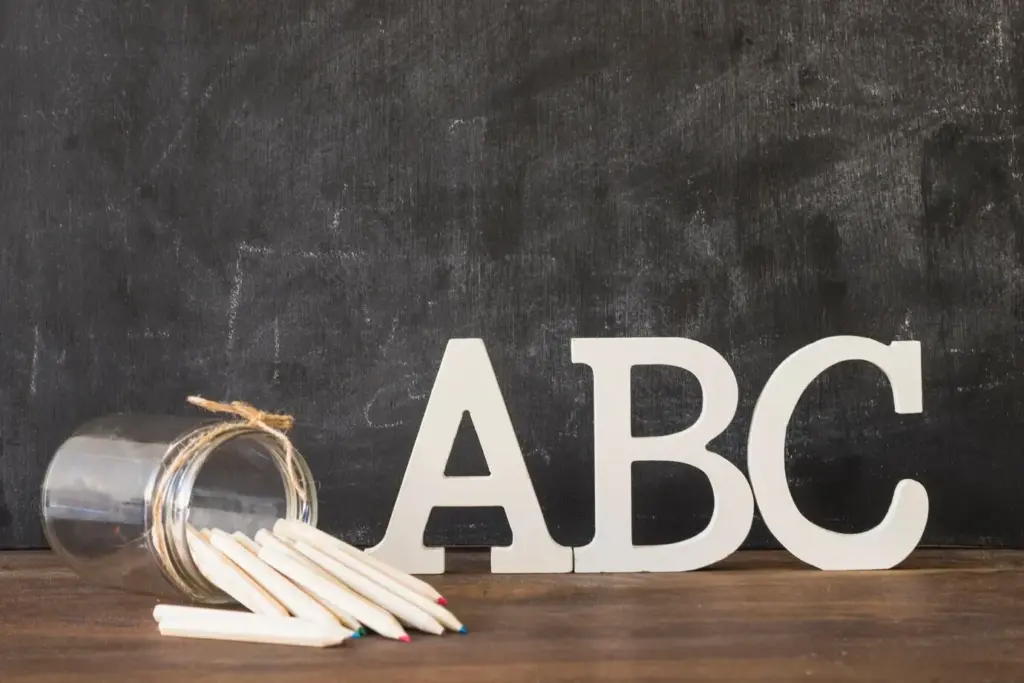Your Roadmap to DELF and DELE Success
Know the Exams Inside Out


Design a 12-Week Plan That Balances Both Languages
Speak Clearly, Listen Sharply

Read Deeply, Write With Purpose

Smart reading strategies for speed and insight
Begin with titles, visuals, and paragraph openings to predict content. Skim for macrostructure, then scan for named entities, statistics, and attitude markers. Underline discourse signals that reveal argument flow. When questions appear tricky, paraphrase them into your own words. Practice micro‑summaries after each paragraph to confirm comprehension. Rotate genres, from opinion pieces to notices, so you encounter varied registers echoing DELF and DELE expectations confidently.

High-score writing templates and connectors
Create adaptable outlines for letters, reports, and argumentative essays. Stock a toolkit of connectors for addition, contrast, cause, consequence, and concession suited to both languages. Practice writing topic sentences that forecast paragraph content, then conclude with synthesis lines that reinforce purpose. Limit complex sentences to what you can control accurately. Allocate minutes for planning and proofreading. Consistency, clarity, and task fulfillment lift scores more reliably than occasional stylistic fireworks.

Editing tactics that rescue precious points
Adopt a two‑pass check: first for content and structure, then for grammar and mechanics. Scan endings for agreement and verb errors, especially participles and clitic placement. Verify register and greetings match the prompt. Circle weak verbs and replace with precise alternatives you can control. Standardize paragraph length and punctuation. Leave thirty to sixty seconds for quick connector audit. These routine checks reliably convert near misses into secure points.
Grammar and Vocabulary Power-Ups
Practice Resources and Mock Exams That Matter

